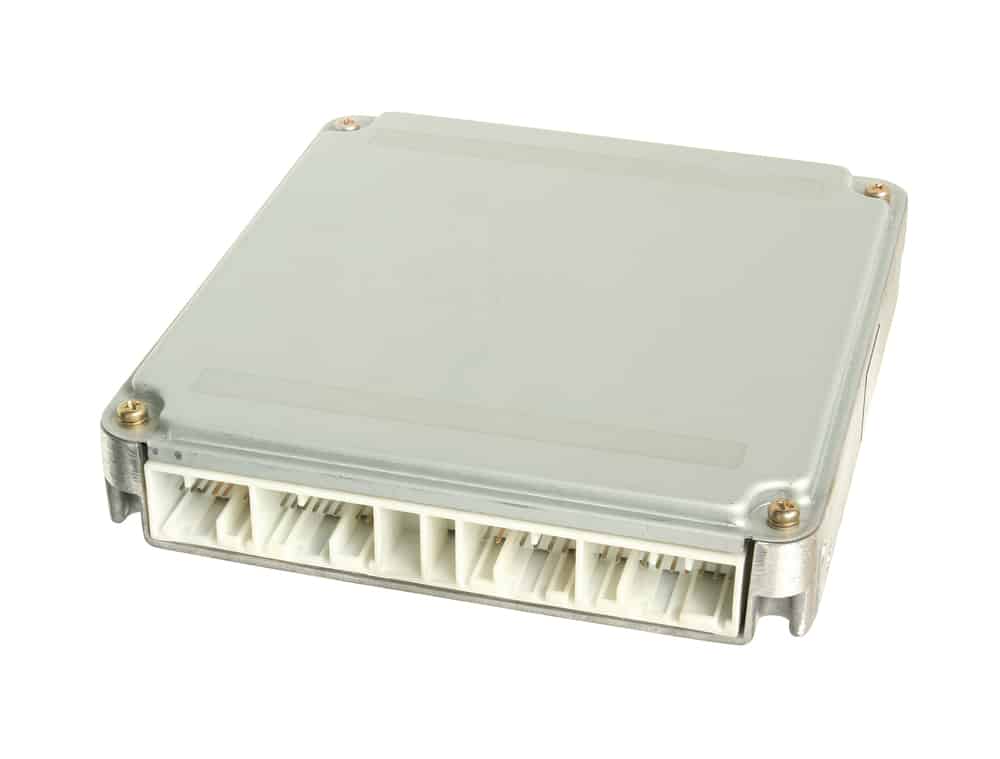
The engine control unit is one of the most important parts of your car’s on-board computer. It helps regulate the systems and sub-systems imperative to the operation of your vehicle, so when it goes wrong it can cause a host of problems. Some of the most common symptoms of a malfunctioning ECU include permanently lit engine check lights on the dashboard and irregular fuel consumption and it can even stop you from starting the car. This can be a very expensive part to replace, so you are often better off trying to purchase second hand rather than buying new from a dealer and fitting the part yourself.
Check the ECU
As there are often no physical differences in the ECUs that are used across different models from the same manufacturer. It is therefore imperative to check that you have the exact part number specific to your vehicle when ordering.
Unplug the Battery
The first step is to unplug the battery from the car so that there is absolutely no power running through your vehicles circuits. You then need to let your car sit for around quarter of an hour disconnected from any power source. This is to let all the information clear from the memory chips in the computer, ensuring that no old instructions can corrupt the new unit.
Remove the ECU
Use your owner’s manual to find the exact location of the ECU. In many vehicles this will be accessible through the passenger compartment of the car, although you may need to take out pieces of carpet to access the unit. When you have found the ECU you’ll need to remove the bracket and screw that hold it in place. Normally these will be Phillips head screws, so make sure you have the right kind of screwdriver. The final step is unplugging the wiring harness, which again will often be secured via a single bolt.
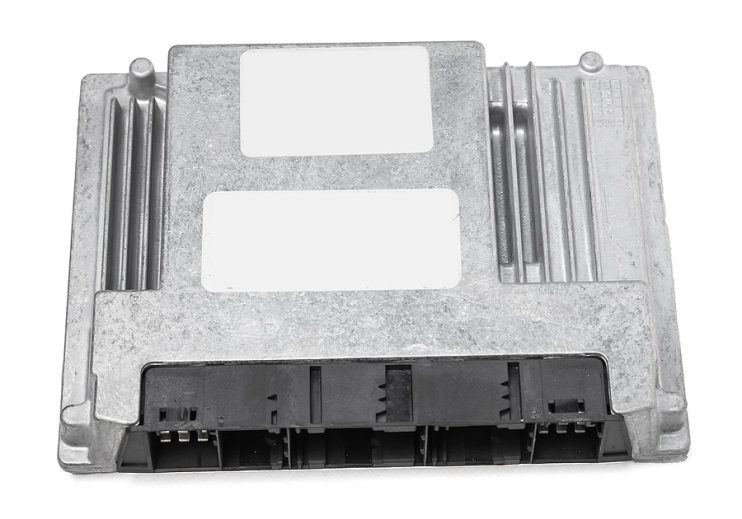
Install the New ECU
When you have removed the old ECU there may be a diagnostics mode that allows you to track down the exact fault in the part, and you might even be able to perform some kind of reset that clears the problem. If you cannot revive the part in this manner then install the replacement engine ECU by attaching the wiring harness and then screwing it back into its housing.
Reconnection
It is now time to reconnect the battery and turn on the auxiliary switch on the engine. This is where the lights come on, but the engine does not fully engage. Let the car sit for five minutes, giving the computer and ECU time to configure correctly. Finally turn off the car and start it as you would normally. The car should start right away.
Whilst you can adjust and replace the ECU in a vehicle that predates 2001, you may have difficulty with newer cars. Many of these have complex computer systems and you will have to take them into an authorised dealer to have reconfiguration work performed under the hood.

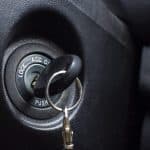
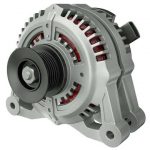
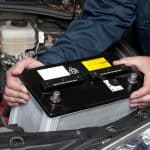
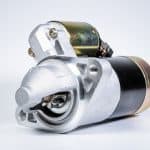
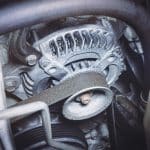

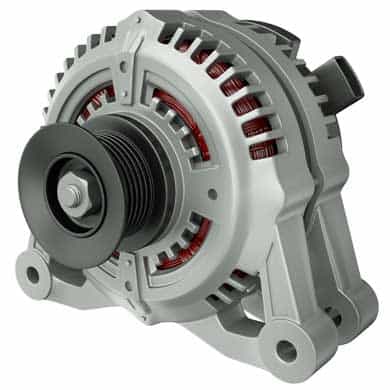
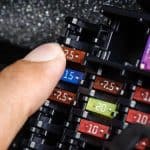
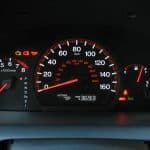
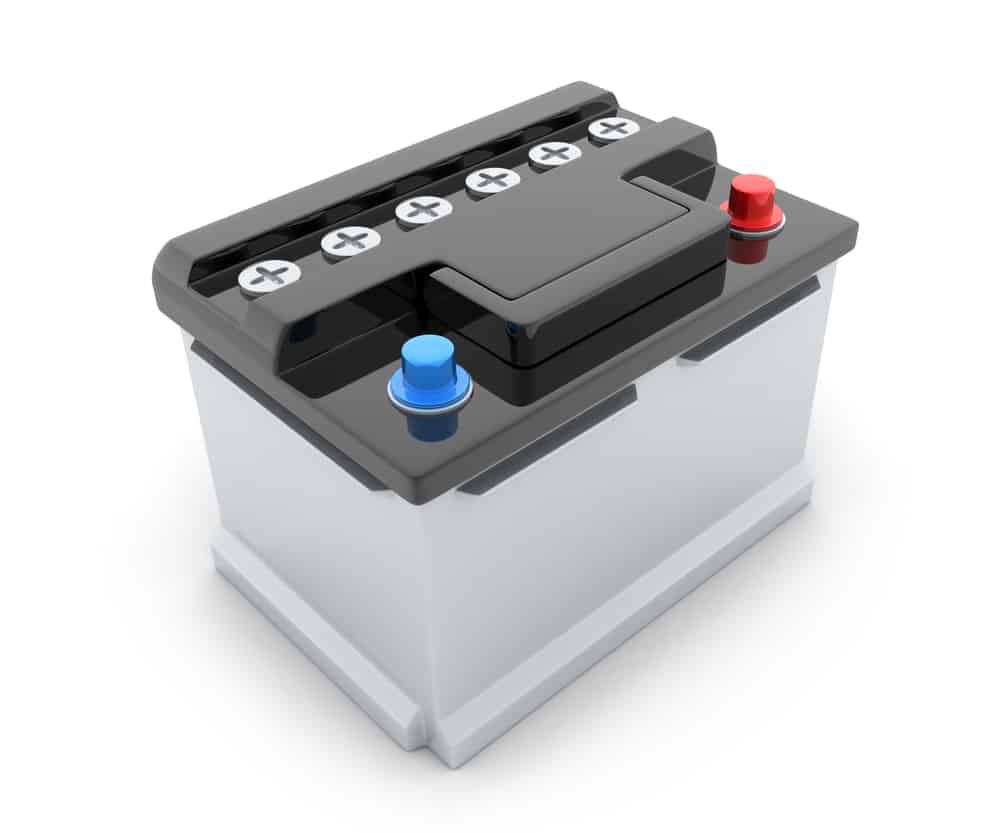
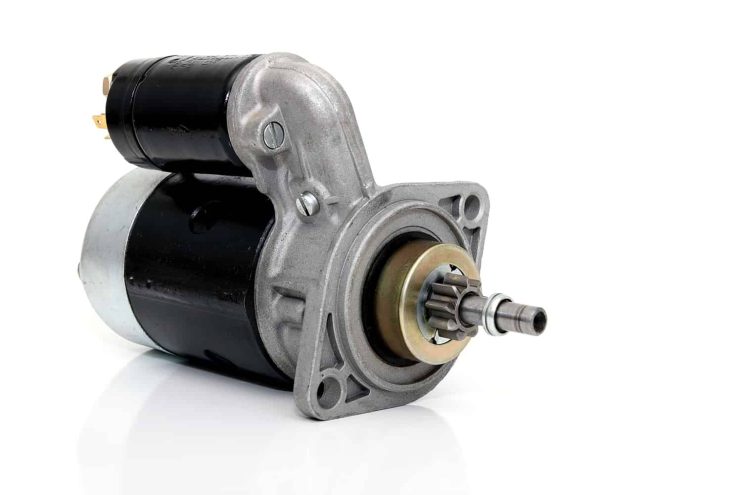
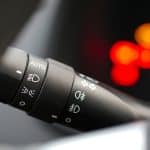
.png)